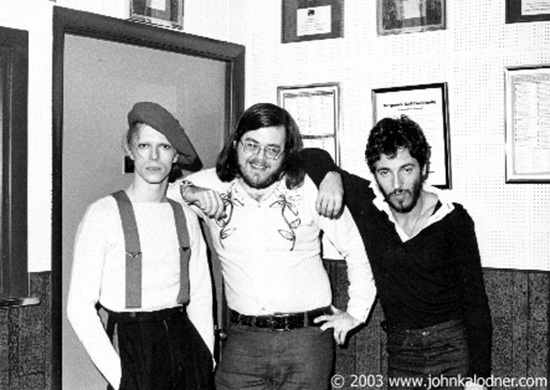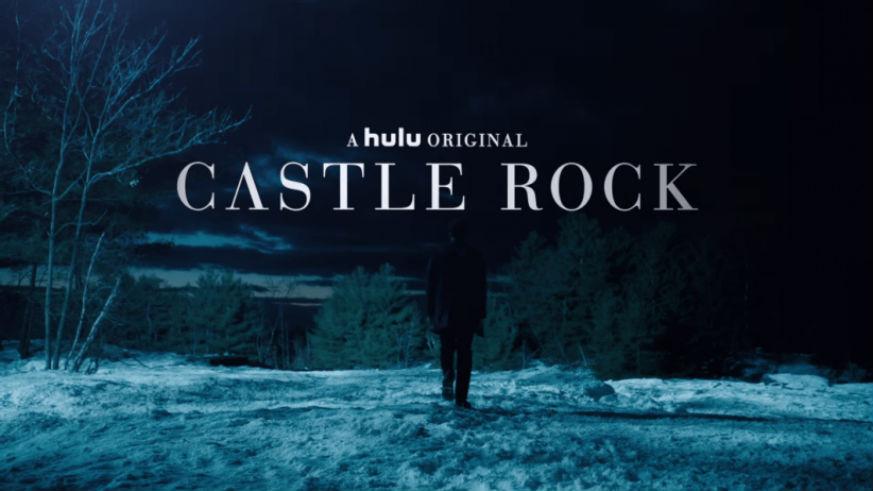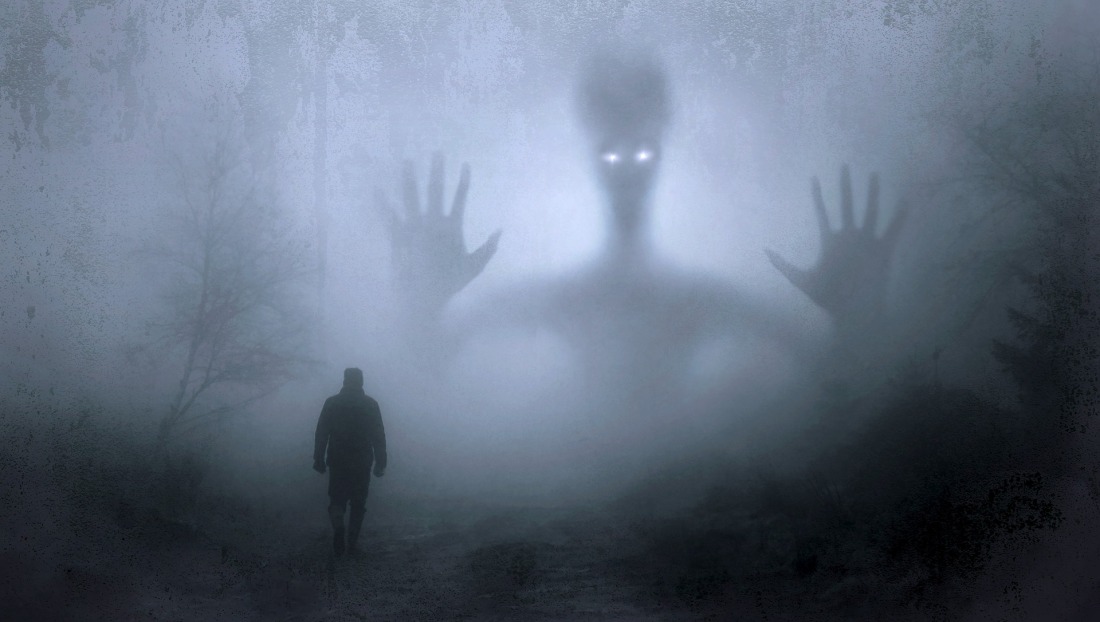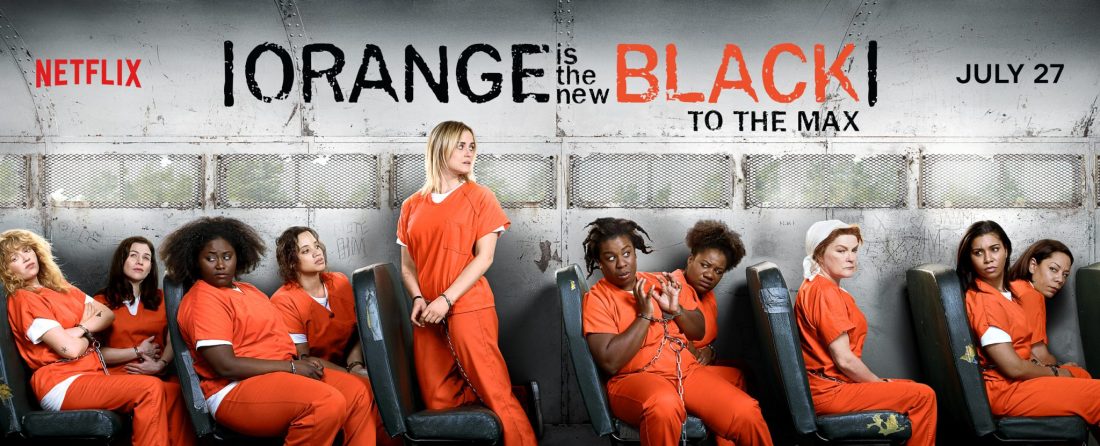
On January 3, 1973, David Bowie and the Spiders from Mars were in good form when they performed “Jean Genie” on the BBC’s Top of the Pops from the at-the-time forthcoming Aladdin Sane album. That same day, a continent away in Bryn Mawr, Pennsylvania, Bruce Springsteen played an 8 PM and 10:30 PM set opening for Travis Shook & The Club Wow. What the two men did not know at the time was that later in the month, the two would embark on a friendship that would last until Bowie’s death on January 10, 2016. The friendship wasn’t the closet and there are plenty of unrecorded gaps in the story, but perhaps what’s most important is that Bowie would become one of Bruce’s earliest and largest supporters. Like most of Bowie’s artistic relationships, the friendship wasn’t without its own share of obstacles or complications, but it’s clear that Bowie’s support meant a great deal to Bruce.
After releasing Greetings from Ashbury Park, on January 1973, he began to promote and tour the album throughout New York City, New Jersey, and the surrounding area. While Bruce was gaining exposure through the early weeks of 1973, Bowie was traveling to the United States by ship to promote Aladdin Sane, which would be released in April of 1973. (One of his numerous peculiarities was that from the fall of 1972 to the spring of 1977, Bowie didn’t fly. “Can’t do it,” Bowie once said “If it flies, it’s death.”)
Bowie and Bruce had their first encounter at Max’s Kansas City on January 31, 1973 at Max’s Kansas City. Accompanying Bowie on a trip to see musician, Biff Rose, were record producer Geoffrey McCormack, producer and photographer Geoffrey McCormack, and model Bebe Buell. After Biff Rose’s performance, Bruce played a few of the acoustic songs from Greetings alone on a piano then tore into the electric half of the set with “Does This Bus Stop at the 82nd Street”. Bowie was not particularly sold on the first half of Bruce’s performance and thought Bruce was just another one of the long line of Dylan imitators. Bowie, however, was absolutely enchanted with the second half. According to his own report, Bowie thought Bruce’s band was simply the best he’d ever heard. After the concert, Bowie went out and bought his own copy of Greetings and played it constantly. Buell claims that Bowie asked “Where is this Ashbury Park?” and in the days following drove Bowie out to the little oceanside town.
After that brief interaction, there wasn’t much interaction between the two. When Aladdin Sane was eventually released, Bruce was playing in Richmond, Virginia. While Bowie found strong footholds in both the United States and the United Kingdom, Bruce’s devoted legion also began to grow. Not only did Bruce’s fan base grow in the States, though, due to the efforts of a colleague of the Beatles’ publisher, Bruce was also heavily pushed throughout the United Kingdom as early as 1973.
While it might not seem like it from first glance, Bowie’s The Rise and Fall of Ziggy Stardust and Aladdin Sane share a great deal in common with Bruce’s Greetings from Ashbury Park and The Wild, The Innocent, and the E-Street Shuffle. Both men were at their core outsiders. While Bruce was the leather clad, guitar on back, “ragamuffin gunner” who “walks through down all alone”, Bowie with his differently colored eye was playing the role of an alien. The two were theatrical to the core who with Born to Run and the Rise and Fall of Ziggy Stardust would create two of the most critically well received concept albums of the 1970’s. The two, however, were also firmly ensconced in the musical genres from which they had emerged. While Bowie’s early efforts leaned heavily on artists like Anthony Newley, Bruce’s creative decision to write the lyrics of Greetings before the music drew heavily on the Bob Dylan school of songwriting. But while the two artists were borrowing from earlier sounds, they were also innovators and pushing the boundaries of what their respective subgenres of rock and roll sounded like.
As 1973 drew to a close, Bruce was still heavily on Bowie’s mind. While working on and recording the songs that would become the Diamond Dogs album, Bowie began efforts on covers of three Greetings from Ashbury Park songs at Olympic Studios in London, England: “Growin’ Up”, “It’s Hard to Be a Saint in the City”, and “Spirit in the Night”.
On his version of “Growin’ Up”, Bowie would rely on pianist Mike Garson to slow down David Sancious’s piano line. Ron Wood would make an guitar appearance, which would lead to a long held rumor that the future Rolling Stone guitarist played on Diamond Dogs. The recording, however, would not make a public appearance until 1990 Ryko released a special edition of Diamond Dogs.
The history of the other Bruce covers is much less well documented. Efforts to record a version of “It’s Hard to Be A Saint in the City” were likely begun at Olympic Studios rather than the often misattributed Sigma Sound Studios. The band on “Saint” has more pronounced drums and is snappier, more reminiscent of the sound that Bowie was using while recording Diamond Dogs rather than Young Americans. The least known of these three covers is “Spirit in the Night” which Bowie worked on with the Astronettes, a group he produced in 1973. And Bowie can even be heard providing directions to the group’s lead singer in the group’s demo of the song.
In 1974 while Bruce was knee-deep in creating the masterwork of Born to Run, Bowie moved to Sigma Sound to capture his version of the Philadelphia sound with the album, Young Americans. It’s uncertain how much effort Bowie put into Bruce recordings at the time, but Bowie certainly expressed interest in using a Bruce cover on the Young Americans album.
These event led to the most peculiar and involved meeting between Bruce and Bowie. In November, 1974, while Bowie prepared Young Americans, Bruce and the E-Street band were touring constantly along the eastern seaboard. Five days before Thanksgiving, on November 23, 1974, Bruce and the band played a sold-out, 12 song, 8:00 clock show at Mainstage Auditorium located at Salem State College in Salem, Massachusetts. (The concert is available in the bootleg, “Hard to Be a Saint in Salem”.) The song would feature the performance of “Jungleland”, which would later appear on Born To Run. Little did Bruce know it, but Jungleland would indirectly be a song that helped continue his artistic relationship with Bowie.
On November 25, 1974, Bowie finally met Bruce. Bowie decide that rather than just have Bowie hear his “Saint in the City” cover, Bruce would appear on the album. Around noon of that day, Bruce was contacted by a DJ friend in Philadelphia, Ed Sciaky, who told Bruce that Bowie wanted to meet the Boss. So, Bruce hitched a ride to Ashbury Park then took a Trailways bus to Philadelphia then hung out for an hour talking to the destitutes at the bus station until he was picked up. As Bruce would remember the trip: “Every bus has a serviceman, an old lady in a brown coat with one of those little black things on her head, and the drunks who falls out next to you”. When Bruce arrived in the studio, producer Tony Visconti was draped over the soundboard finishing a version of “John, I’m Only Dancing”. An hour arrived, Bowie arrived with Ava Cherry, another musician whose career that Bowie was trying to assist.
The alleged interaction between Bowie and the Boss is so strange that a play or film could be written about it. In a beret and suspenders, Bowie was ravaged by both drugs and his frantic schedule, while the Dylanesque Bruce, roamed from town to town with a guitar on his back. Where Bowie was strange and obsessed with with UFOs, Bruce was silent and had nothing much to say. To try to bridge the gap in the friendship, Bowie even told Bruce that there was no other American artist that he was interested in covering. The two ultimately found a meeting point over stage jumpers. Bruce even told Bowie a story about how “Mad Dog” Vinnie Lopez had to beat off one stage jumper.
Then, Bowie tried to do a vocal take, which did not work. Bowie responded by telling Bruce that it was not yet late enough in the evening to sing. It remains uncertain what song Bowie tried to perform. One has to wonder how that fell on the ear’s of Bruce who was used to singing whenever he could to whoever would listen. After this performance, Bruce had a private chat, left the studio at 5 o’clock in the morning, and at least for several year,s the two never had any contact again. The only evidence that meeting even happened is a photograph of Bruce, Bowie, and Visconti. Each three looking out of place and not sure how to interact with the other. The two are said to have promised to meet again in New York City, but it remains uncertain if that meeting ever occurred.
As 1974 turned to 1975, Bruce went back to touring and finishing Born to Run, Bowie went on to appear in the film, The Man Who Fell to Earth, a drug-addled existence in Los Angeles, and the recording of Station to Station. The recording of Station to Station is memorable in the relationship between Bowie and Bruce because pianist Roy Bittan would jump in while Bruce the band were playing in Los Angeles to record the piano on Bowie’s “TVC 15”.
On March 7, 1975, when Young Americans was released, Bruce was playing Owings Mill, Maryland where he played a one show double bill with Buzzy Linhart. While the reports are not confirmed, Bruce played even more previews from Born to Run, which was ultimately released in August of 1975 including versions of “Born to Run”, “She’s The One”, and “Jungleland”. The most notable event about the shot was that toward the sent of the set, a man in a Friar Tuck haircut who was wearing robes came on stage and gave Bruce a knotted girth rope.
It remains uncertain if in the following years there were any interactions between Bruce and Bowie. During a May 20th, 1979 guest DJ appearance on Radio One, however, Bowie played a selection of his favorite songs including Bruce’s version of “It’s Hard to Be a Saint in the City”. What’s most peculiar about the decision to play “Saint” is not that Bowie mentioned how the song made him want to never ride on the subway again. It was that while Bowie expressed his love for the Greetings album, he said that he didn’t like what Bruce was “doing now”. Many people took this as a not-so-veiled dig at the Darkness on the Edge of Town album, which had been released on June 2, 1978.
You’d think the intersection of the two artists would have ended there: Bruce working on projects that little to no influence from Bowie and Bowie harboring an adoration for Bruce’s early E-Street Band work, but it didn’t. From March 1979 to August, 1980, Bowie recorded The River album at the Power Station in New York City while for the first few months of this recording, Bowie worked on the Scary Monsters album across the hallway from Bruce.
At some point, during the recording of these two songs, Roy Bittan played piano on Bowie’s sprawling “Teenage Wildlife”. It remains uncertain on exactly what date this recording occurred. It was either in February or March of 1980. It was not likely February 5 or February 22nd because Bruce recorded at Telegraph Hill Studio on those days. What’s compelling is that “Teenage Wildlife” can be read as a successor to Born to Run’s “Jungleland”. If Bowie didn’t like what Bruce was “doing now”, he was certainly drawing inspiration from some of Bruce’s recent work. Both songs are sprawling (Born to Run clocks in at 4 minutes and 31 seconds while Teenage Wildlife is a whopping 6 minutes and 51 seconds.) Both songs are overly theatrical too. But, it’s not just the song’s theatrical nature. It’s the landscape that both of the songs survey, a bleak nothingness where no one has answer. But, even more peculiarly are the lines: “‘Well, David, what shall I do? They wait for me in the hallways’ I’ll say ‘Don’t ask me. I don’t know any hallways” which very much echoes the lack of words by the wiseman lines in “Jungleland” of “And the poets down here don’t write nothing at all, They just stand back and let it all be.”
But, what might seem like an easy relationship progression isn’t really at all. Despite what might seem like Bowie being spurned by but adoring Bruce, there is a legend that Bruce and Bowie at the time were okay with one enough for Bruce to acquaint himself enough with Bowie’s musicians during the recordings of Scary Monsters / The River that someone turned to Bruce at the time and asked him “Which band are you in?”
Bruce would remain an influence for Bowie over the years in a handful of ways. When Bowie did a studio outtake of artists including Lou Reed, Anthony Newley, and Iggy Pop at Westside Studios in London in 1985, Bowie also did a Bruce impersonation. (Even the lyrics that Bowie uses to test out his impressions sound like something 1970’s Bruce would: “When the fires broke out on the Rio Grande, put my foot to the board and it ate up the sand”.) In 1987, Bowie would draw inspiration from the big choruses of Born in the USA when he recorded Beat of Your Drum for Never Let Me Down. In 1996, Bowie would even go so far as to nick drummer, Zack Alford, who temporarily replaced Max Weinberg in Bruce’s “Other Band” during the early 90’s. Both Bowie in the album, Heathen, and Bruce in the album, The Rising, would visit the subject of post 9/11 New York and the resulting wreckage left by the collapse of the two hours. In 2013, during his penultimate album, The Next Day, Bowie would even borrow a line from “Born in a UFO”.
The thing is, though, no matter what friction existed between Bowie and Bruce during the mid to late 70’s, the two remained friends. Albeit, friends from a distance, but still friends. There’s a reason why, a few days after Bowie’s death, Bruce kicked off The River in Pittsburgh on January 16, 2016, Bruce took a minute to pay tribute to the support that Bowie lent Bruce in the early days before kicking off a rocking cover of Rebel Rebel. Was Bruce paying tribute to a friend from long ago? Were there a series of interactions between Bruce and Bowie to which no one was privy? Did Bruce rediscover Bowie’s music because he discovered his children listening to it? No one knows. This much is for certain, though. Bowie wouldn’t have been Bowie without Bruce, and Bruce wouldn’t have been Bruce without Bowie.




 Genre: Action-Adventure
Genre: Action-Adventure



